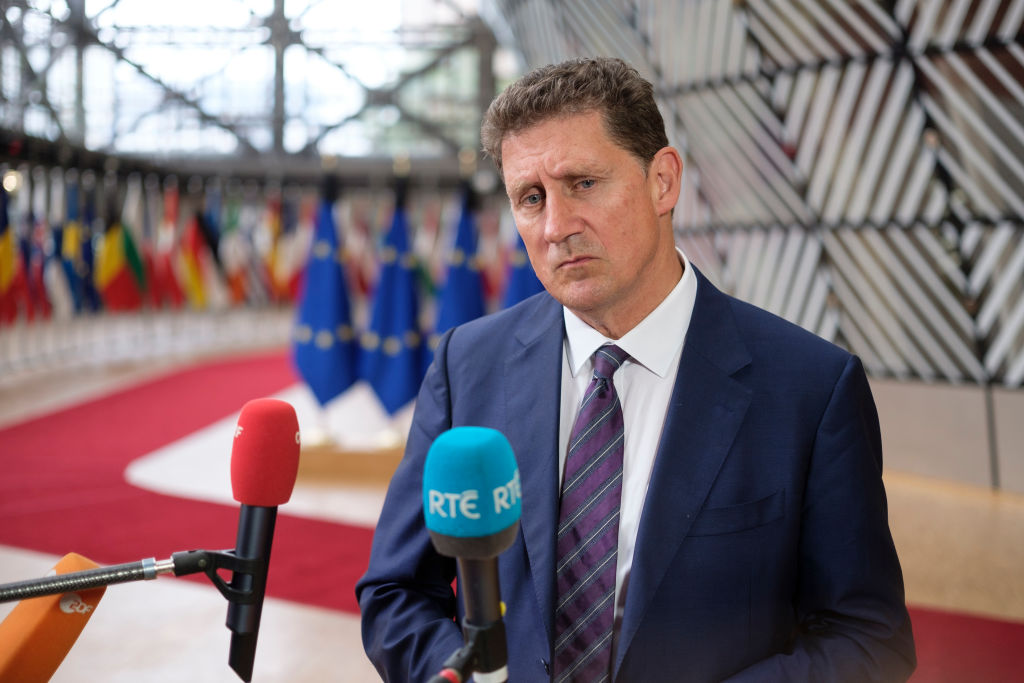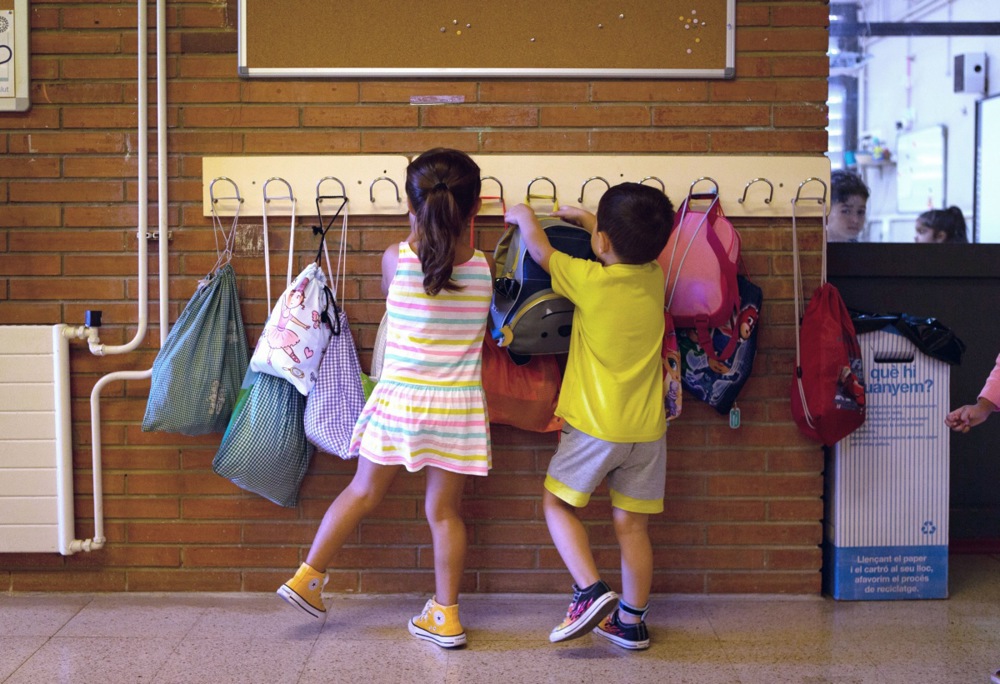Rotterdam, Netherlands
Once a grim industrial harbour, the Keilehaven estuary has evolved into an ecological innovation—a tidal park to safeguard Rotterdam against the capricious whims of its surrounding waters.
From a desolate landscape to a thriving sanctuary for wildlife, this transformation marks a paradigm shift in urban planning, blending nature-sensitive design with climate resilience.
“The water comes from all four sides,” says landscape architect Dirk van Peijpe of architecture bureau De Urbanisten, emphasising Rotterdam’s vulnerability to nature.
Situated on the river banks, the city confronts twin threats of rising sea levels and chaotic rainfall patterns, accentuating the imperative for innovative solutions to mitigate flooding and nurture biodiversity.
“We are increasingly working on an ecological agenda that is not only climate-sensitive but also nature-sensitive,” observes Van Peijpe.
“What are we doing for city residents other than the human ones?”
The transformation of an industrial relic into a bird haven symbolises a broader ethos of harmonising culture with nature.
“New species are emerging due to the arrival of the nature-friendly banks, like wading birds that come to forage in the silt,” says Marit Janse, senior landscape architect at De Urbanisten. This convergence of ecology and urbanism revitalises Rotterdam’s identity as a dynamic estuarine ecosystem.
In Rotterdam, water is not merely a backdrop but a defining element—an historical legacy intertwined with the city’s very essence. As sea levels rise and climate extremes intensify, Rotterdam embraces a forward-thinking approach to water management and urban development.
“Delta cities are vulnerable to climate change, especially to sea level rises, which are happening faster than expected,” acknowledges Van Peijpe.
The city’s commitment to transformative delta management transcends mere adaptation; it embodies a holistic vision of resilience and sustainability.
From the “Room for the River” initiative to the proliferation of water squares and green infrastructure, Rotterdam emerges as a global example of adaptive urban design.
“We are not investing in regret measures,” asserts Arnoud Molenaar, Rotterdam’s chief resilience officer. “We have to talk about water safety in the context of all of the other transitions.”
Yet, amid the triumphs of innovation, Rotterdam navigates a delicate balance between progress and preservation.
Friso de Zeeuw, emeritus professor in spatial development, cautions against utopian planning at the expense of pragmatic realism.
“We have become a bit like the princess and the pea,” says De Zeeuw, urging a nuanced approach to urban resilience acknowledging the inevitability of occasional inundation.
With the ebb and flow of the river, Rotterdam’s Keilehaven tidal park though emerges as a symbol of what local initiatives can do, to create more a more sustainable future.





